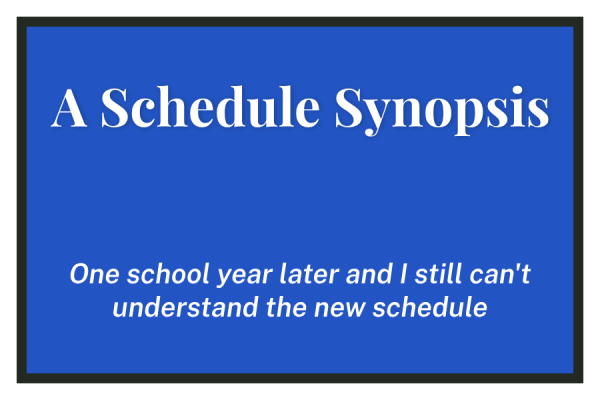Head to Head: Should the Long Lost Committee Make a Comeback?
No, the Committee of Four Should Not Return
Editor’s Note: This piece is one-half of a head-to-head. The sister-article which argues in opposition can be found here.
Today we can find students in the hallway gossiping about other students’ infractions and the repercussions which may come along. However, in the past, students went beyond just gossip. Not too long ago, students helped determine the fate of their peers.
“The Committee of Four” began as a platform for students to get more involved in Parker’s judicial system and become more self-ruled. Although the composition of who took part in “the Committee of Four” differed as time went on, one aspect remained the same: student involvement was evident and powerful.
Student involvement in the process of punishing students may seem logical as students bring a different perspective to the discussion than teachers do. Various perspectives bring a diverse set of opinions to the case allowing the student in trouble to possibly be better represented. Although having other students in the room may be beneficial for this single reason, there is a multitude of reasons as to why students deciding the future of another student is both inappropriate and unfair.
Students inevitably are better friends with some people over others, which brings forth the most simple bias: protecting your friend. Having a friend in the case makes the decision both awkward and possibly unfair. In the case that the student in the committee doesn’t protect their friend from getting in trouble, then the friendship may become awkward as the student in trouble was reprimanded as part of their friend’s efforts.
However, if the student does stand up for and protect their friend, people may think the only reason they did so was that the connection of the students and therefore may assume the student sitting on the committee is not truthful. On the other hand, if a student dislikes another involved in the case, this may sway their decision as well.
Another flaw in “the Committee of Four” is the possible inability to convene in a timely manner. When the committee was active, members sometimes found it difficult to find a common time to meet and discuss a case.
Because both teachers and students are involved, everyone’s schedule is different and not necessarily compatible. Due to the fact that incidents are irregular, it’s not possible for members to set a dedicated meeting time. The large group makes meeting difficult and may result in a delayed process of dealing with an infraction which is not ideal. In the case that the only timely meeting excludes group members due to schedule conflicts, then not all perspectives are present and therefore there can’t be a fair discussion.
Because the discussion of incidents used to involve students’ opinions, not just faculty’s, it is likely that cases became more publicized. Although today word gets around rather quickly, since students are not in charge of dealing with the case, details are not very well known. Students within the committee may explain the situation to their friend and that person may go and tell someone else which leads to exposure of the case’s details. Even though this same chain reaction of telling the details of a case could still occur, it’s less likely because the only people who truly know the details are faculty members who would not gossip about it with students.
Though there are many possible flaws of the committee, the most prominent is the selection of which students assume positions on the committee. At one point those who held positions on the committee were the Senate Heads and President, both of which are elected positions by the Student Body. To some degree, these elections become popularity contests which means that those assuming powerful positions on “the Committee of Four” are not necessarily elected based off of how well they could do the job but more on how well they’re liked.
For such a significant role in the community, people should not be selected based on their likability. Additionally, because elections are such public processes, quieter students may be reluctant to run. These students who hesitate to put themselves out there may be well fit for the committee but cannot take part due to the process of selection.
The determination of who gets a position on the committee would be fairer if it was left to the faculty, however on what would they base their decision? What requirements do the students have to meet in order to prove they are capable of the job? How can we ensure that a diverse set of opinions are present? These are just a few of the possible issues which the selection process can bring about.
“The Committee of Four” was implemented to enhance student involvement which is a perfect example of learning by doing. Students gained insight on problem-solving skills by assuming an immense amount of responsibility in real life, pressing, situations. However, for whatever reason, the committee was removed and it should remain as so. The committee must not have been beneficial enough for Parker to keep them as an active role and this may be due to the flaws in the system which outweigh the positive aspects. If Parker was to reimplement “the Committee of Four,” incidents would unfairly be judged and publicized even more than they currently are.












